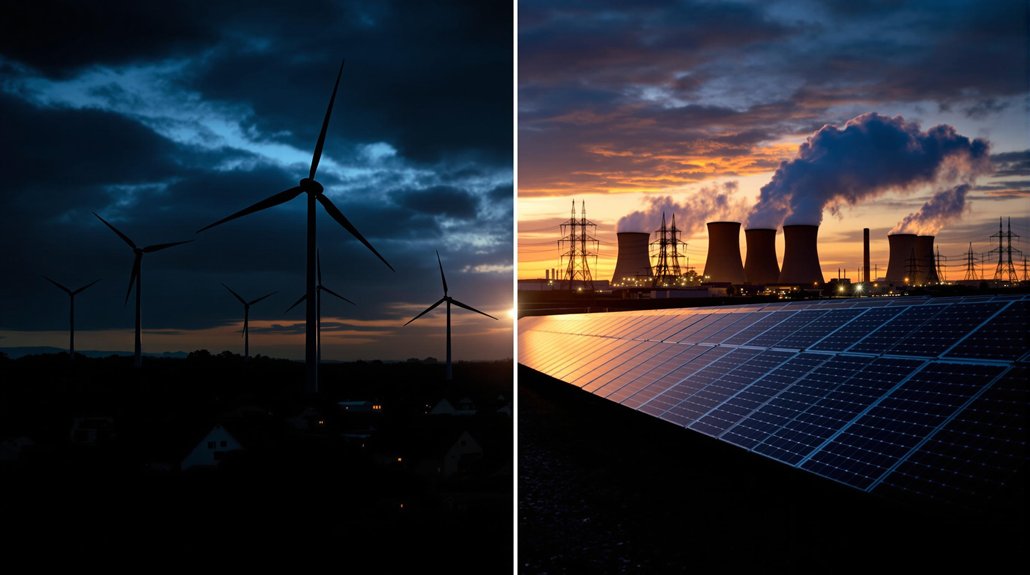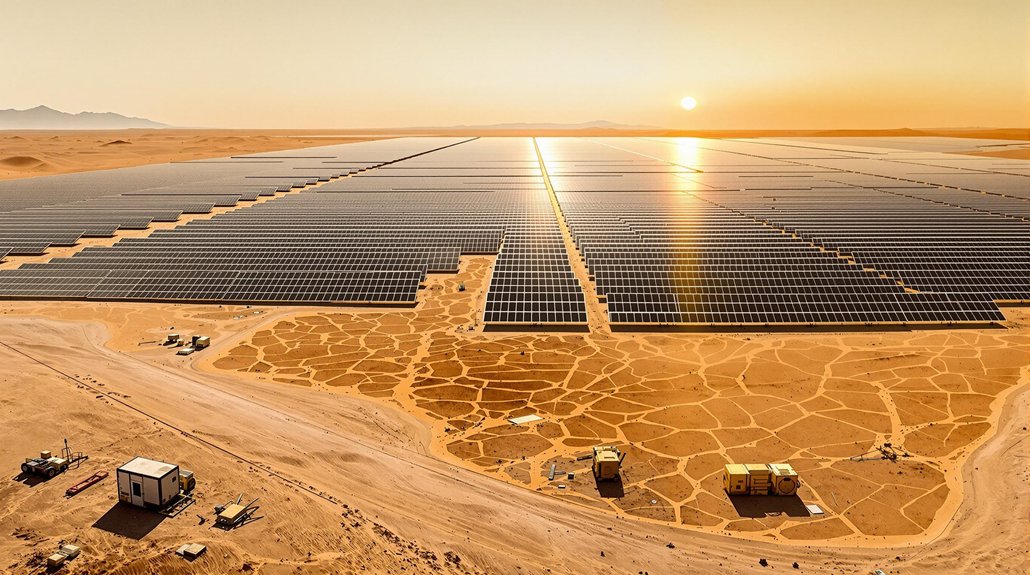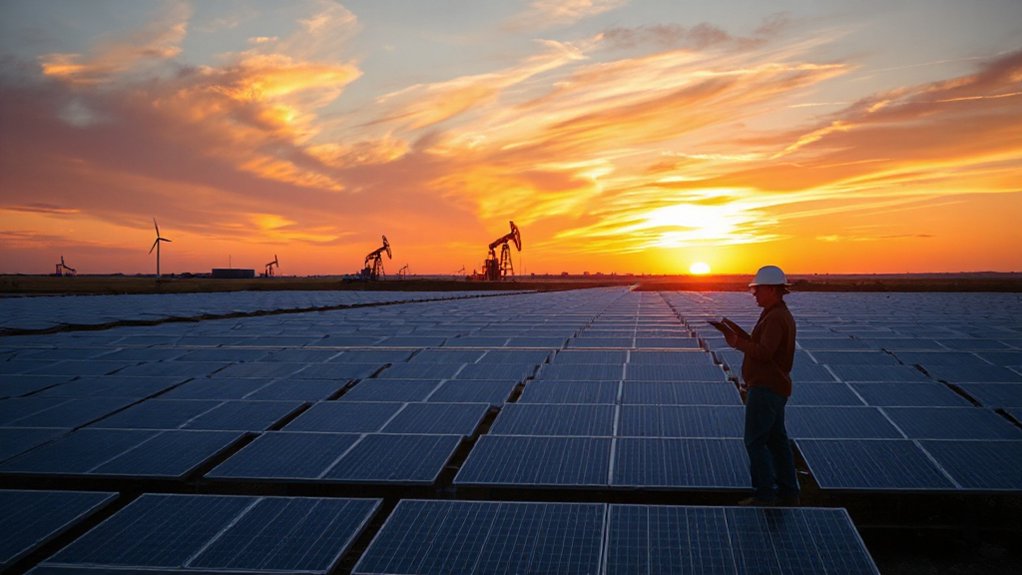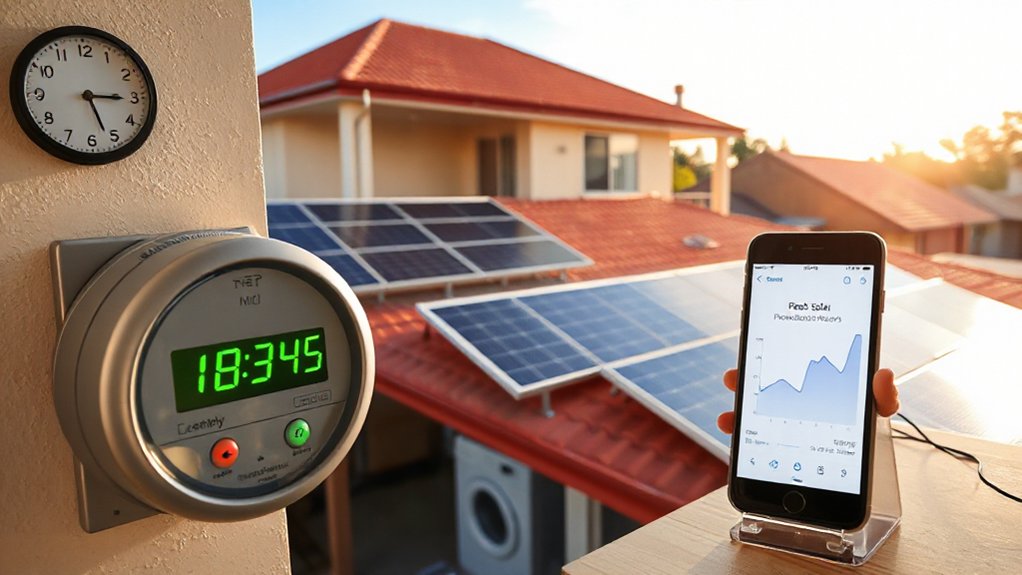Renewable energy advocates are acknowledging that solar and wind power face significant reliability challenges. These green energy sources depend on weather conditions and lack adequate storage capabilities, requiring backup power sources to maintain consistent electricity. Current technology can store only minutes of backup power, while months of capacity would be needed for true reliability. Grid failures during extreme weather highlight these vulnerabilities. The shift to sustainable energy demands both technological advances and practical expectations for success.
In a surprising turn of events, one of the nation’s most vocal green energy supporters has acknowledged significant limitations of solar and wind power. Speaking at an energy conference yesterday, the advocate pointed out that these renewable sources face serious reliability challenges due to their intermittent nature.
Weather dependency creates major hurdles for both solar and wind energy. Solar panels don’t work at night and produce little power during cloudy days. Wind turbines can sit idle for days during “wind droughts” when air movement is minimal. These natural limitations mean the lights might not stay on without backup power sources.
Solar panels and wind turbines rely entirely on fickle natural conditions, leaving communities vulnerable during cloudy nights or windless days.
Current energy storage technology can’t solve this problem alone. The U.S. can only store about seven minutes of backup electricity nationwide. Experts say reliable green energy would require three months of storage capacity. Battery technology remains expensive and difficult to scale to this level.
This reality means most renewable energy systems still need fossil fuel backups. When the sun doesn’t shine and the wind doesn’t blow, natural gas or coal plants often fill the gap. This dependency reduces the environmental benefits that make renewables attractive. Pumped hydroelectric storage currently dominates the global energy storage landscape, accounting for 94% of installed capacity worldwide.
The economics also present challenges. To overcome intermittency, energy companies must overbuild solar and wind farms – sometimes three times more than peak demand requires. This dramatically increases costs and land use requirements.
Grid reliability becomes particularly concerning during extreme weather events. Recent blackouts in Texas and California highlighted the vulnerability of systems heavily dependent on renewable energy without adequate backup. The 2021 Texas grid failure was primarily due to freezing natural gas infrastructure, not wind and solar failures as often misrepresented.
Developing nations face even greater hurdles. Without existing infrastructure and financial resources, they struggle to manage the inconsistent power from renewables.
The advocate stressed that these limitations don’t mean abandoning green energy. Instead, they call for realistic expectations and better solutions. Improved storage technology, advanced grid systems, and diversified energy portfolios will be necessary before solar and wind can truly keep the lights on reliably for everyone. BlackRock’s CEO Larry Fink has emphasized the need for energy pragmatism in the transition to more sustainable power sources.









